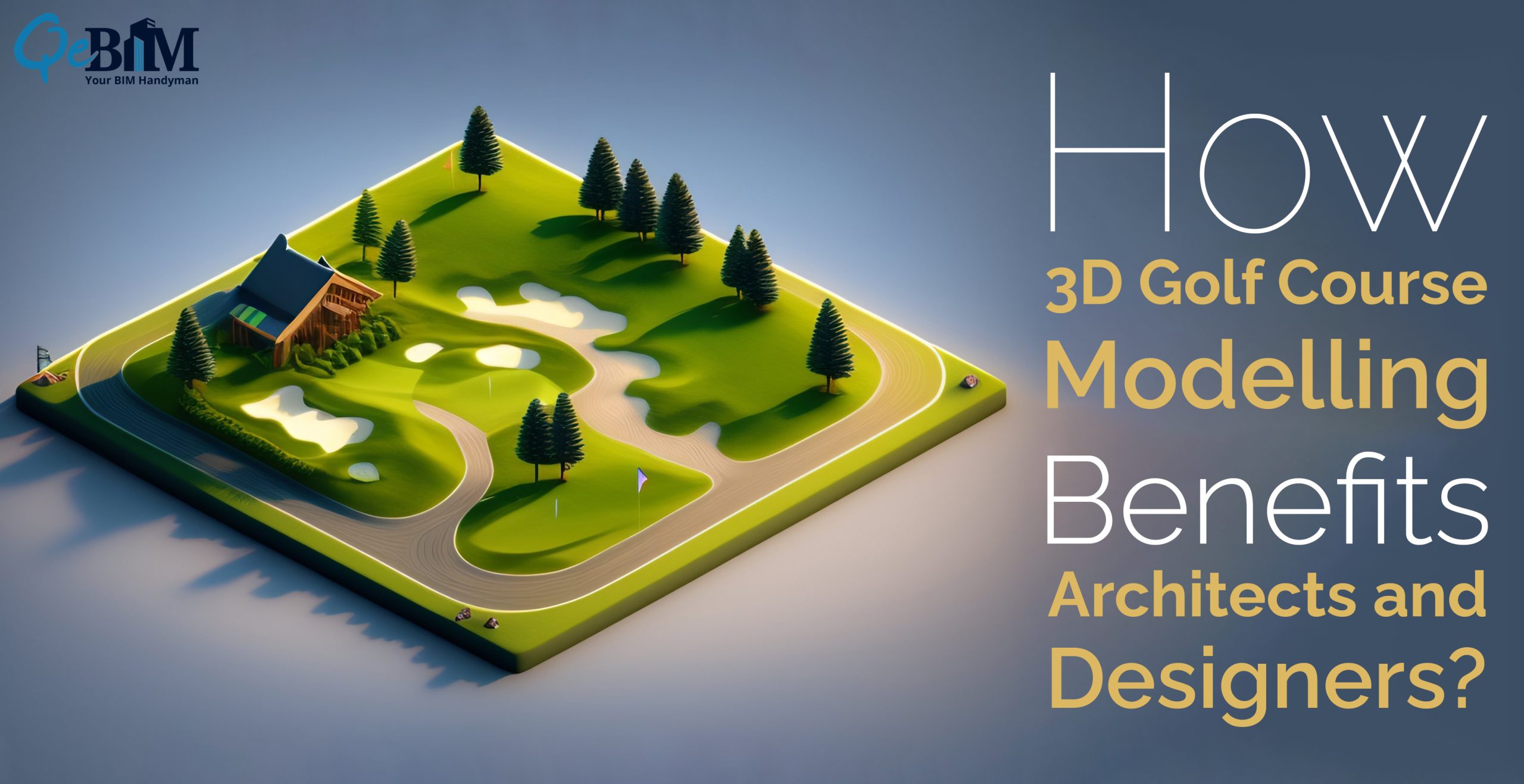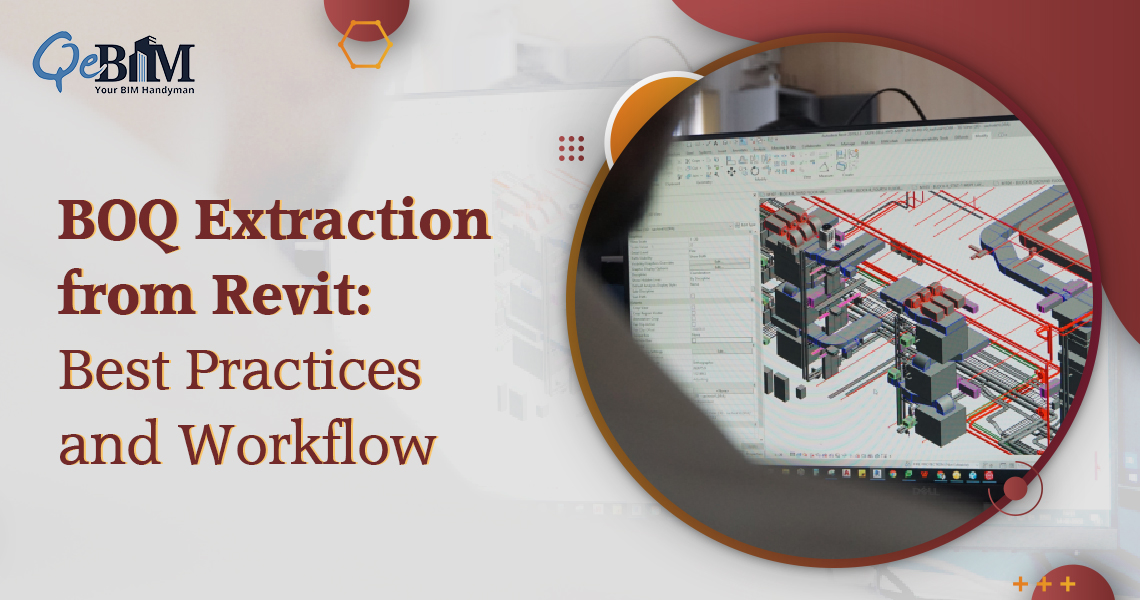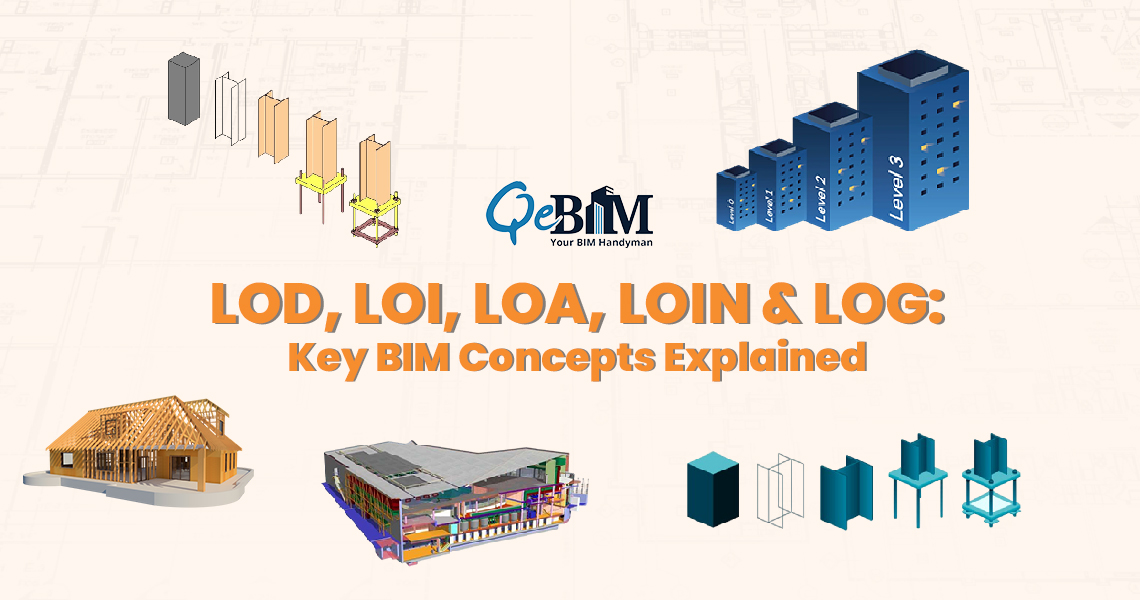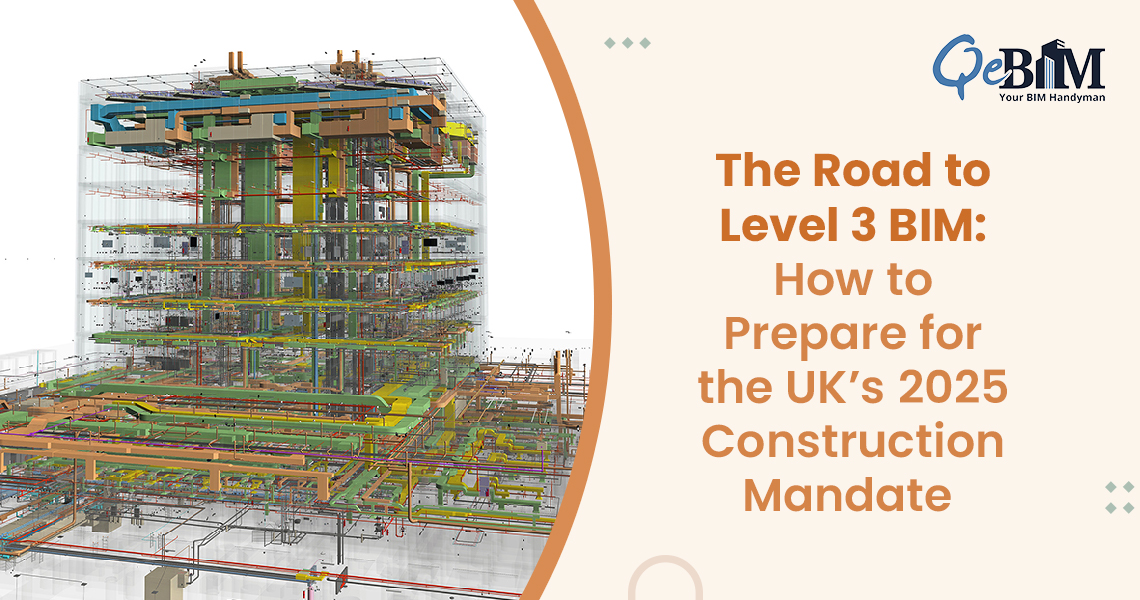Introduction
The world of architecture and design has been undergoing a paradigm shift, with technology playing a pivotal role in revolutionizing how professionals conceptualize and bring their ideas to life. Among these technological advancements, 3D Modelling Services has emerged as a game-changer, allowing architects and designers to create intricate, lifelike representations of their projects. One industry that has remarkably benefited from this technology is golf course design. To distinguish a golf course from its counterparts and offer players a captivating involvement, the utilization of 3D modeling from a trusted and reliable BIM Company has gained significant traction as a potent strategy. This technique enables the creation of a lifelike and engaging portrayal of the course, serving purposes such as marketing, course design, and enhancing the overall player experience. Integrating 3D golf course modeling has opened up a new realm of possibilities, enabling architects and designers to visualize, analyze, and refine their creations in unprecedented ways.
Exploring the Pros of 3D Golf Course Modelling for Design Professionals
1) Visualizing the Dream: Realistic Renderings
Architects and designers often begin with a vision, an idea that takes shape in their minds. 3D modeling for golf courses allows them to turn these visions for the golf play areas into realistic renderings, offering a lifelike representation of their designs. This visualization goes beyond simple sketches, providing clients, stakeholders, and even architects with an immersive experience of the final golf course. The ability to see the undulating terrain, the strategically placed bunkers, the meticulously designed greens, and the overall landscape in 3D facilitates better understanding and communication of design intent.
2) Precision in Planning and Layout
Golf course design demands precision in planning and layout. Every contour, every slope, and every hazard must be carefully considered to create a challenging yet enjoyable experience for golfers. Traditional 2D methods can sometimes fall short of effectively conveying these complex elements. 3D golf course modeling, on the other hand, empowers architects and designers to meticulously craft each feature with accuracy. They can manipulate the terrain, experiment with different design variations, and observe the impact of these changes in real-time. This level of precision leads to more refined layouts and ensures that the final product aligns with the original vision.
3) Enhanced Decision-Making
In any design project, decision-making is a critical aspect that can affect the final outcome. 3D golf course modeling equips architects and designers with the tools to make informed decisions at every stage of the design process. They can analyze various design options, test different configurations, and evaluate each choice’s visual and functional impact. This iterative process enables them to identify potential design flaws, make adjustments proactively, and ultimately create a golf course that is both visually stunning and functionally efficient.
4) Effective Communication with Stakeholders
A successful design project involves collaboration with multiple stakeholders, including clients, investors, golf professionals, and land managers. Communicating design concepts effectively is crucial to gaining buy-in and support from these parties. The simplification of this process is achieved through the utilization of 3D golf course modeling, which offers a universal visual medium that goes beyond intricate technical jargon. Architects and designers can walk stakeholders through the virtual course, explaining design rationale, highlighting key features, and addressing concerns more engagingly and understandably. This streamlined communication fosters a shared understanding and promotes smoother decision-making.
5) Sustainable Design and Environmental Analysis
With the growing emphasis on sustainable design practices, architects and designers are tasked with creating spaces that harmonize with the environment. 3D golf course modeling aids in this endeavor by allowing them to assess the environmental impact of their designs. They can simulate factors such as water flow, drainage patterns, and vegetation distribution, enabling them to optimize the layout for minimal ecological disruption. By identifying potential environmental challenges early in the design process, architects can implement solutions that uphold ecological balance while providing an exceptional golfing experience.
6) Efficiency in Project Management
Project management is a multifaceted challenge involving coordination, resource allocation, and timeline adherence. Project management efficiency benefits from 3D golf course modeling, as it establishes a centralized platform where design components and data converge harmoniously. Changes and updates can be easily incorporated into the model, ensuring all team members are working with the most current information. This reduces errors, minimizes rework, and expedites decision-making, ultimately accelerating the project timeline.
Conclusion
In the world of architecture and design, 3D modeling for golf courses stands as a technological innovation that transcends traditional methods. It empowers architects and designers to create immersive visualizations, refine designs with precision, and make informed decisions throughout the design process. The benefits of 3D golf course modeling extend beyond aesthetics, reaching into the realms of sustainability, communication, and project management. As technology evolves, this tool will likely become even more integral to the golf course design process, enabling professionals to craft unforgettable landscapes that merge seamlessly with the natural environment.





